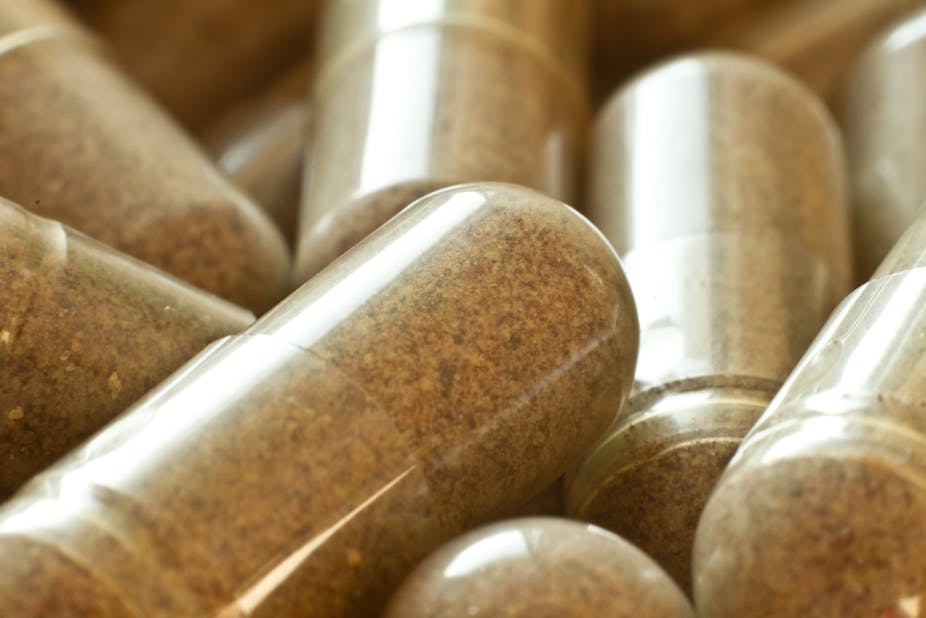The Faculty of Medicine at the University of Sydney has just announced A$1.3 of funding from Blackmores, the complementary medicine manufacturer, for a Chair in Integrative Medicine (a blending of evidence-based conventional and complementary medicine). It will be named after the company’s owner, Maurice Blackmore.
The Dean of the Faculty, Bruce Robinson, has given a coherent and persuasive account of why research in this area is of importance to modern medical practice. Nearly a quarter of Australians with chronic health problems use complementary and alternative medicine (CAM) and the bewildering range and often changing nature of these products are often of unknown efficacy, and may have important adverse or beneficial interactions with prescribed medicines.
Still, more of the “worried well” regularly use unnecessary vitamins and other dietary supplements, often achieving little other than the generation of expensive urine in consumers and handsome profits in manufacturers.
Robinson is correct in arguing that medical practitioners and students know little about what a significant proportion of their patients are using and about whether these preparations help, harm, generate only placebo effects or simply waste patients’ money. And he is absolutely correct in making it clear from the beginning that the relationship will be at “arm’s length”, with Blackmores having no say in the research projects selected, in vetting the results produced, or in any post-publication researcher communications about those results.
But there is already a great deal of evidence about a large number of complementary and alternative medicine preparations being useless, and about how faith in their magical properties can too often cause people with serious health problems to stay away from “conventional” evidence-based treatments of known effectiveness.
Complementary and alternative medicine manufacturers continue to produce and promote many of these substances, paying no heed to the evidence for their uselessness.
Conventional medicines (so-called “ethical pharmaceuticals”) have to pass through onerous regulatory hurdles to prove both safety and efficacy. With the exception of the United States and New Zealand, prescribed medicines cannot be advertised directly to consumers. While the complementary and alternative medicine industry has to satisfy concerns about safety and toxicity, it does not have to satisfy standards of efficacy and can promote useless products in often quasi-mystical and vague language.
The University of Sydney needs to be extremely careful that its association with Blackmores does not turn into a “CAM-wash” exercise, where any adverse research findings on efficacy or interactions are ignored by the company, with the products not being withdrawn or the promotional language unchanged.
There are social and financial costs in the mass consumption of unnecessary and ineffective “medicines”. The pages of medical journals routinely expose such drugs in the conventional medicines area. Many are highly sceptical that far too many players in the complementary and alternative medicine industry are the historical siblings of snake-oil medicine. For the Blackmores-University of Sydney association to repudiate that concern, it will be important to see evidence that the evidence-based and ethical principles at the heart of medical research are both shared and acted upon by the company.
In view of the sensitivities involved over potential reputational damage, the Faculty would do well to appoint an external audit committee to periodically review the relationship and to provide the Faculty with a report on the impact of the research program on the way Blackmores responds to the research it will have supported.
Editor’s note: please ensure your comments are courteous and on-topic.

